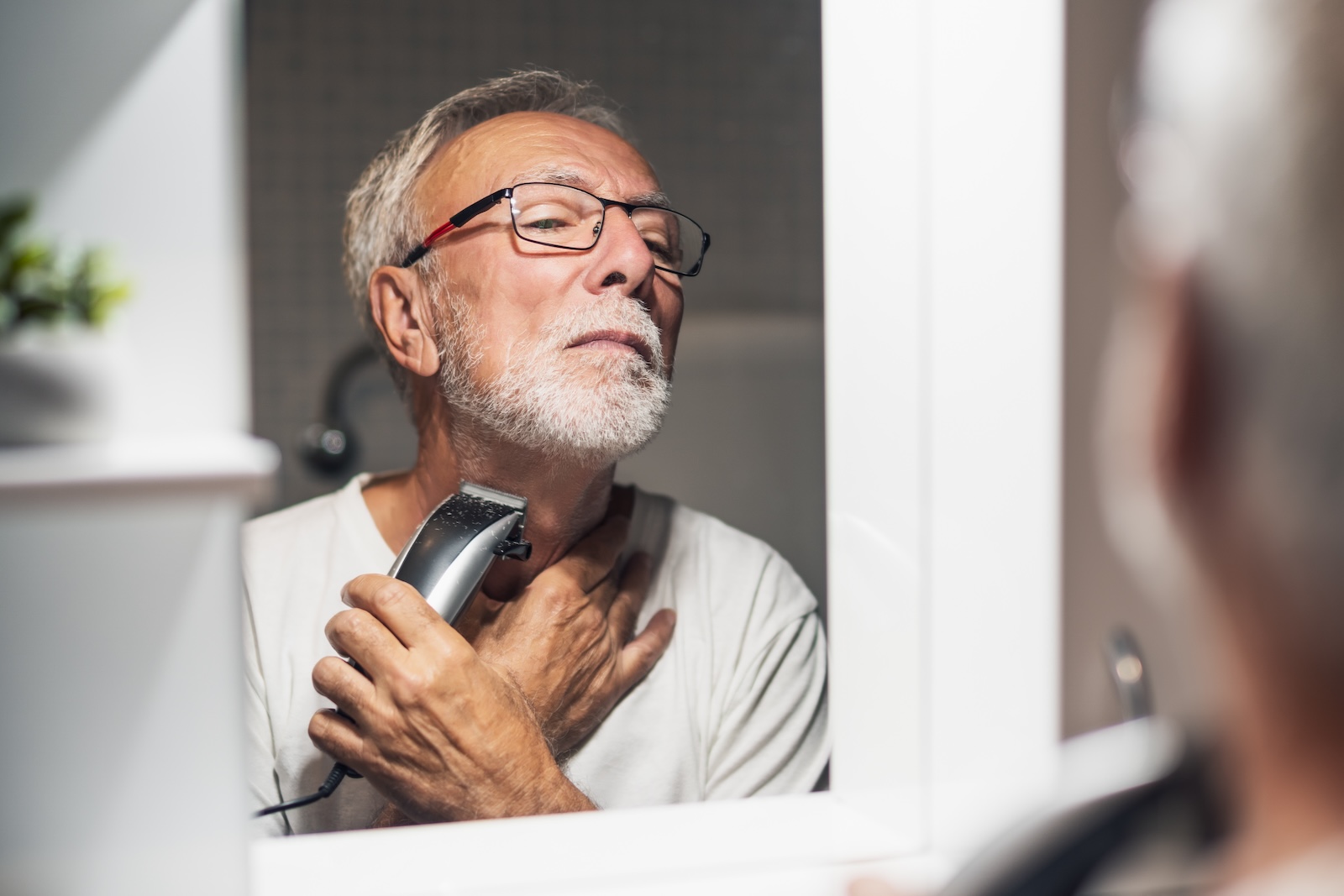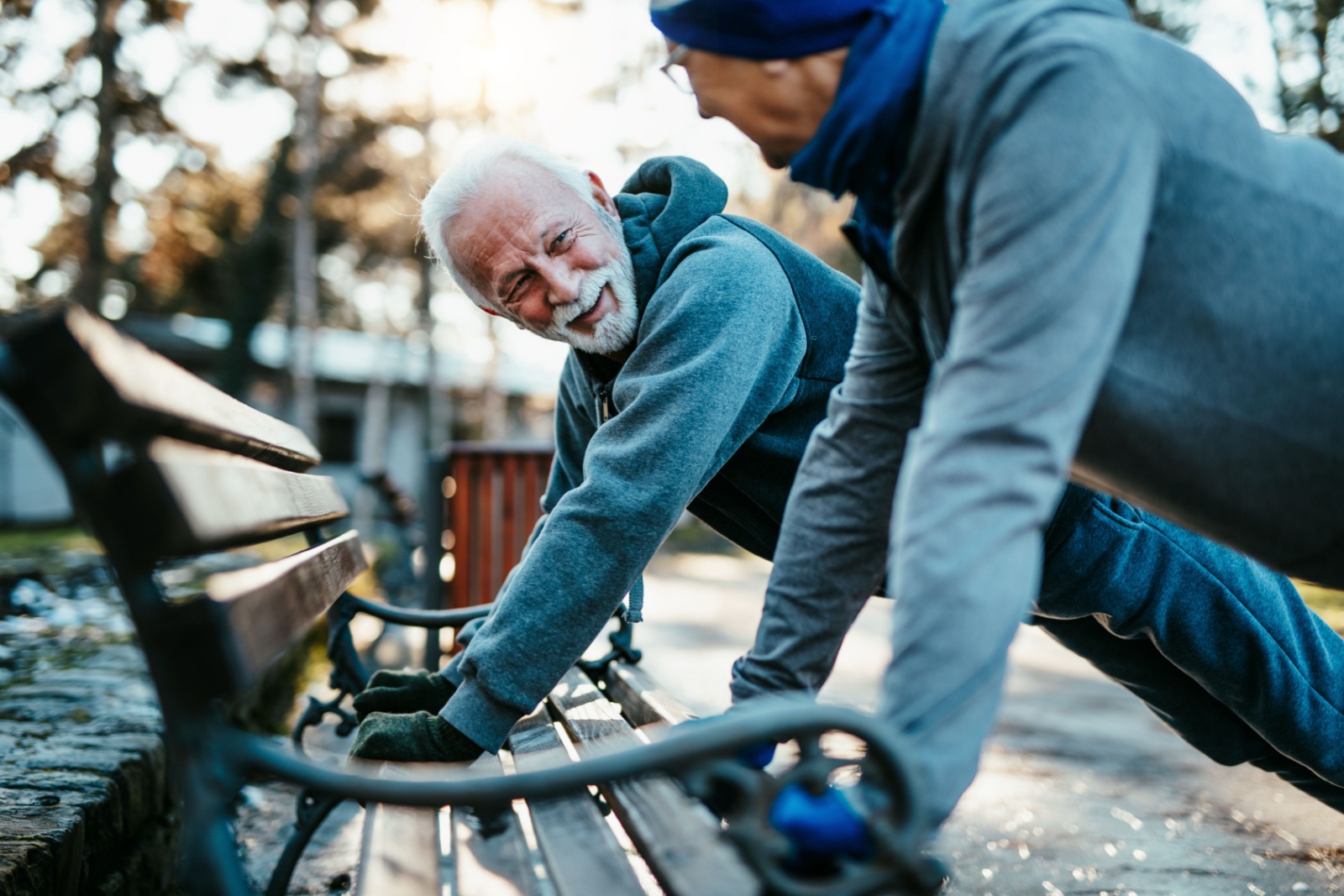Magazine
How to Prevent Scarring After a Burn?
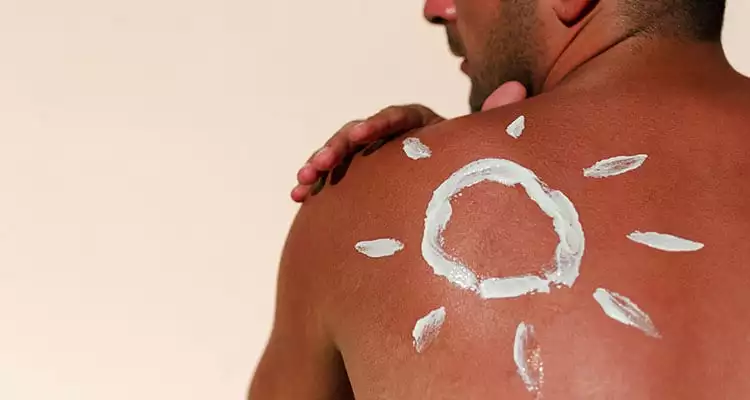
Chemical-based products, scalding water, sunbed tanning, electricity and even an outing in the sun – these are all the potential causes for burns. We’ve all been there; touched a hot cup of coffee, turned on the shower faucet too quickly, or simply left the house without using your sunscreen. Be it this reason or that – as much as we try, sometimes, minor burns are simply unavoidable, but we can try to prevent scarring.
When it comes to burn scars, there’s so much that can be done. Truth is, the faster you act, the more likely you are to prevent such scars altogether. And though the scars are eventually there to protect the injured skin, if possible, many of us would rather not have them at all. But before we rescue your skin, let’s first address the burn in the room.
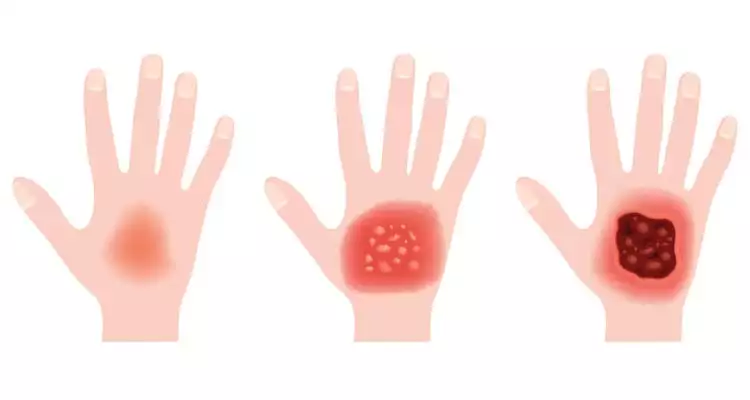
Determining the degree of the burn is the first thing you should do
First, Second or Third
The most important thing about treating a burn (and prevent scarring) is determining the degree of the burn. Though most common burns are first degree and can be treated at home, it’s important that you know how to tell the difference and when to address a health specialist.
First-Degree Burns: These affect the outer layer of the skin, that would turn red and hot to the touch. The best way to identify this burn is by applying gentle pressure on the affected area, if it turns white, you indeed have a first-degree burn. But don’t worry, this type of burns generally do not scar and heal within a week.
Second-Degree Burns: This burn is more severe, both the epidermis (the top layer) and the layer underneath are affected. If you’re suffering from a second-degree burn, you might also have blisters. This type of burn takes a couple of weeks to heal, but more importantly, this type of burn can actually scar the skin or leave a pigmented skin patch.
Third-Degree Burns: This type of burn is the most severe, is dangerous and requires immediate medical care. These burns should not be treated at home – they may require grafts and bandages. If not treated properly, they may not only leave scars but other related complications.
After you’ve identified the type of burn that you have, it’s time to cool it down and begin the healing process!
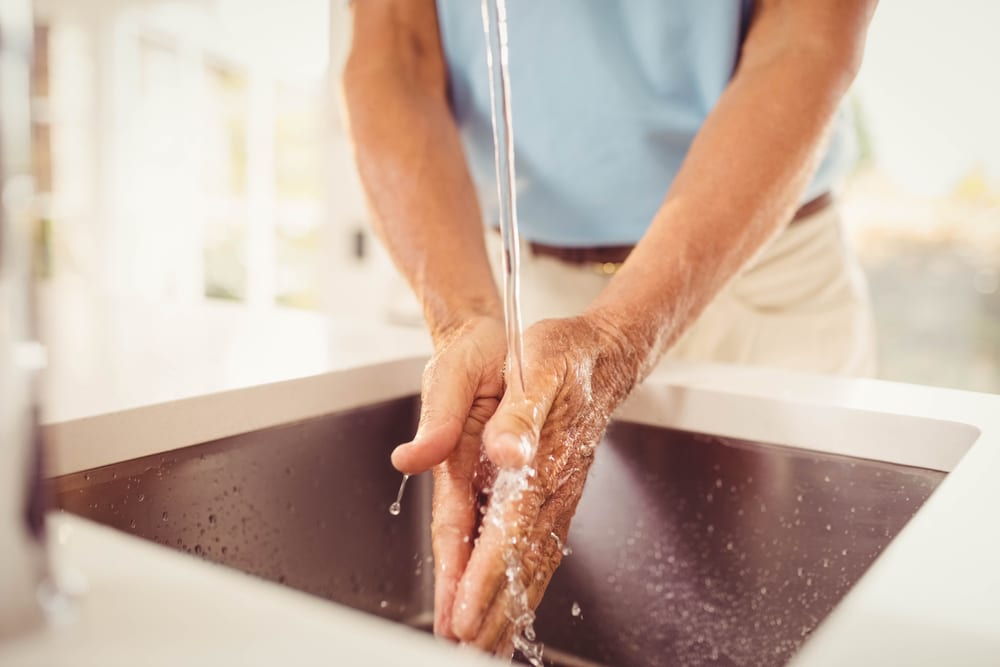
First degree burn? place your hands under a running tap of icy water
Ready, Set – Treat!
If you’re facing a first-degree burn, there’s nothing much that you can do but apply a cool compress to the affected area – or better yet, place it under a running tap of icy water. Make sure that the burn actually disappears within a couple of days. Otherwise, you might be looking at second-degree burns which you may have misdiagnosed. If this is the case indeed, and you have the second type of burns, then it’s time to treat, heal and prevent.
Very much like first-degree burns, soak the burn with an icy rag or cold water. You should do this for at least five minutes. If the burn covers a large area of skin, then you should consider seeing a specialist. However, if you’re dealing with small burns, you can treat the burn with a designated ointment and gauze bandages. Whatever you do, make sure you use sterile bandages, apply the ointment with clean fingers and clean the burn regularly; everything you need to do to ensure the burn does not become infected. Finally, do not scrub or peel the burn; let the skin heal naturally before you start the next and most important stage – covering up and reducing scars.
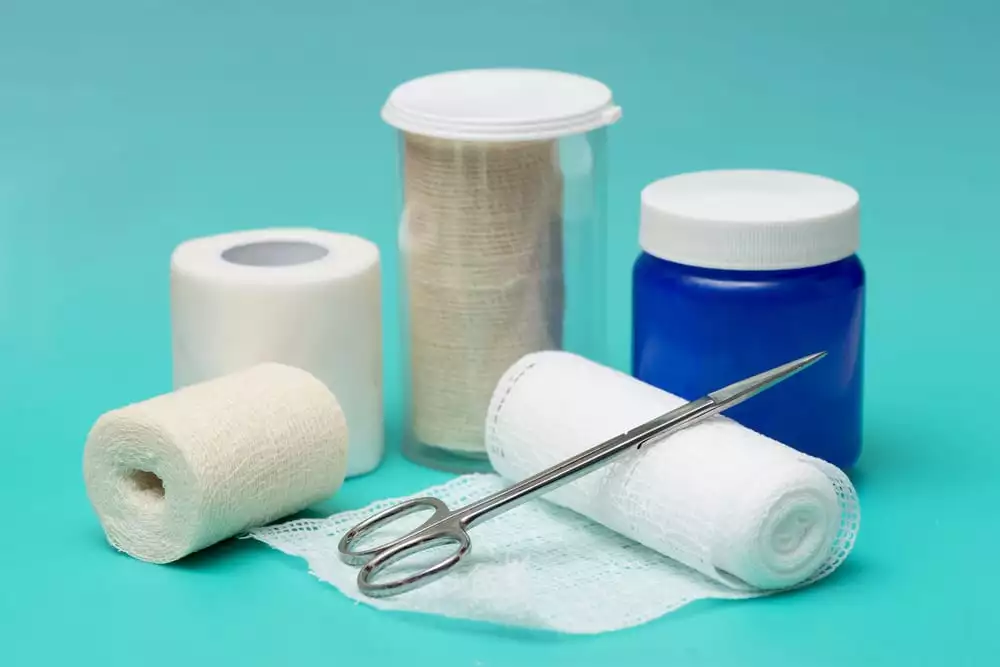
The most important thing is to make sure you use sterile bandages
Can You Prevent Scarring?
Though some fictional characters can rock those rugged scars, let’s be honest, no one wants their skin injured and blemished. So if you’re still not ready to adopt a cool villain name, here is what you should to prevent a scar for life:
- Follow the first step in the previous section. Rinse the affected area, treat it carefully and make sure it remains clean and neat.
- Do not apply any home-remedies, stick to safe and familiar ointments.
- If you have blisters, never pop them or try to peel them off!
- After the burn has healed, gently stretch the skin around the burn to prevent it from sticking.
- Make sure to cover the skin, protect the affected area and apply sunscreen whenever you leave the house.
- If you’re dealing with a facial scar, once the skin is healed, apply a facial cream to soothe, nourish and make your skin firmer.
When a burn occurs, it basically ruins the collagen in your skin. The scar is the skin’s attempt to heal itself by creating new collagen fibres that are often discolored; which is why scars are usually paler than the rest of your skin. If the burn is severe, the scars can be bumpy rather than flat.
The most crucial point to remember when treating a potential scar, is the prevention is the best course of action. This is why we stress cooling the area down, and then everything you do after, can only increase your chances of eliminating scar tissue. No worries, if you follow these simple step, your small burns will soon fade away…
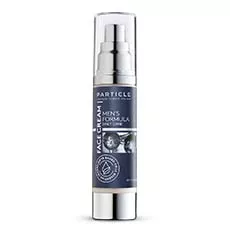
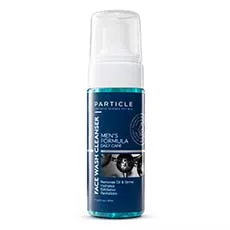
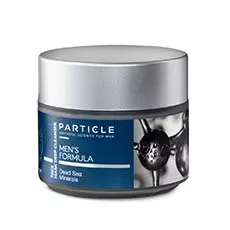
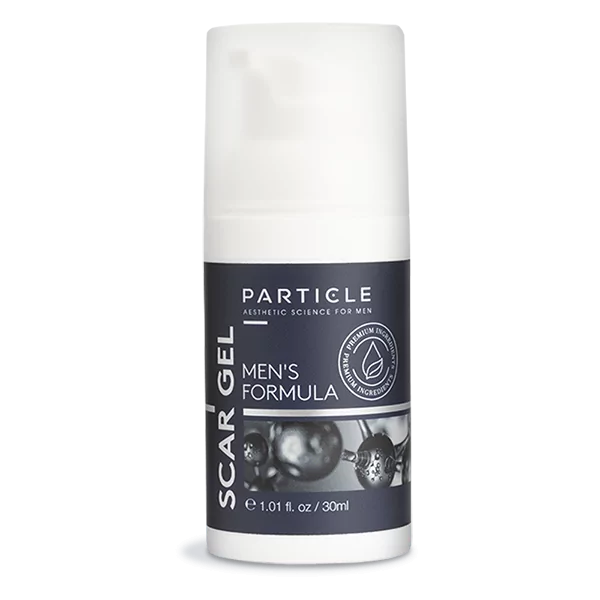
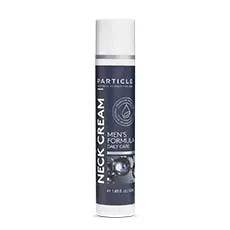
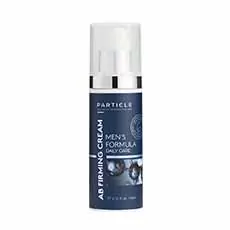
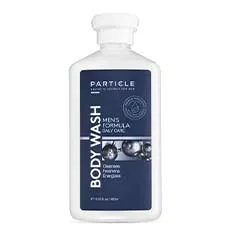
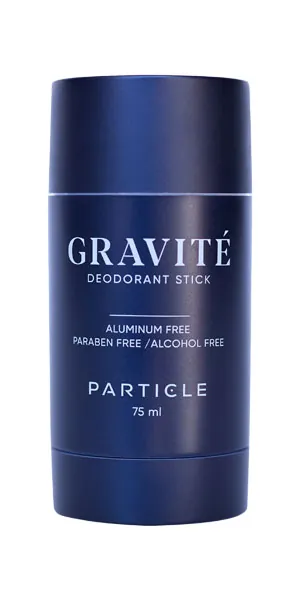
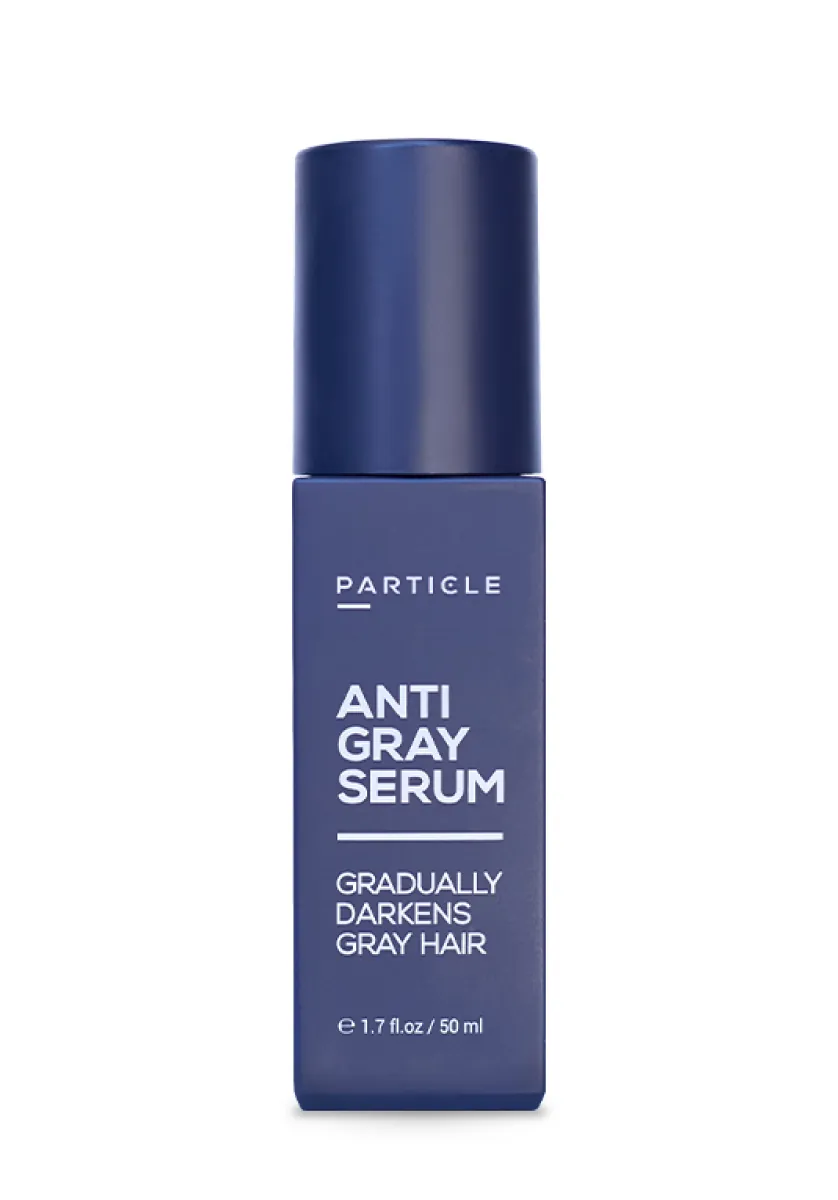
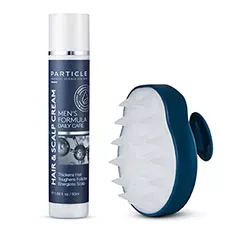
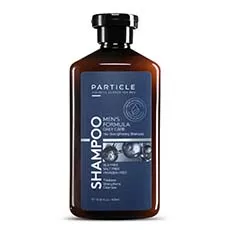
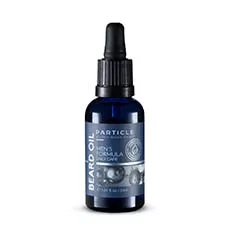
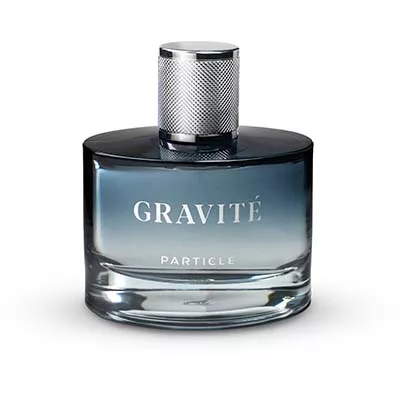

 au
au













